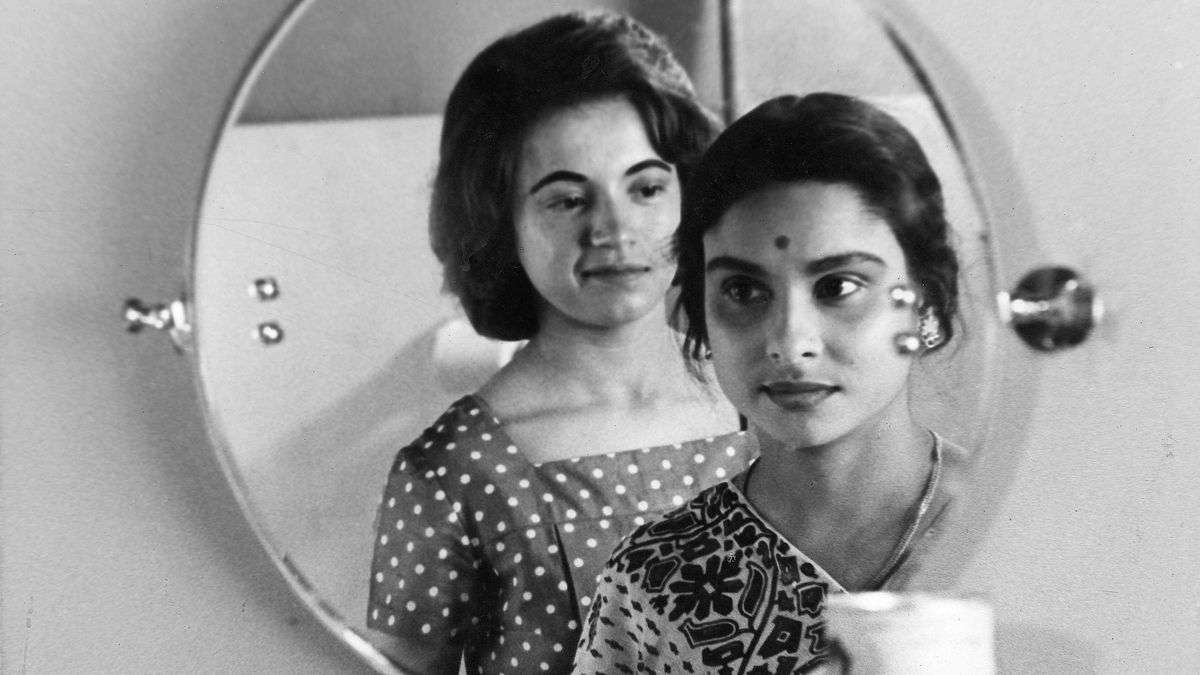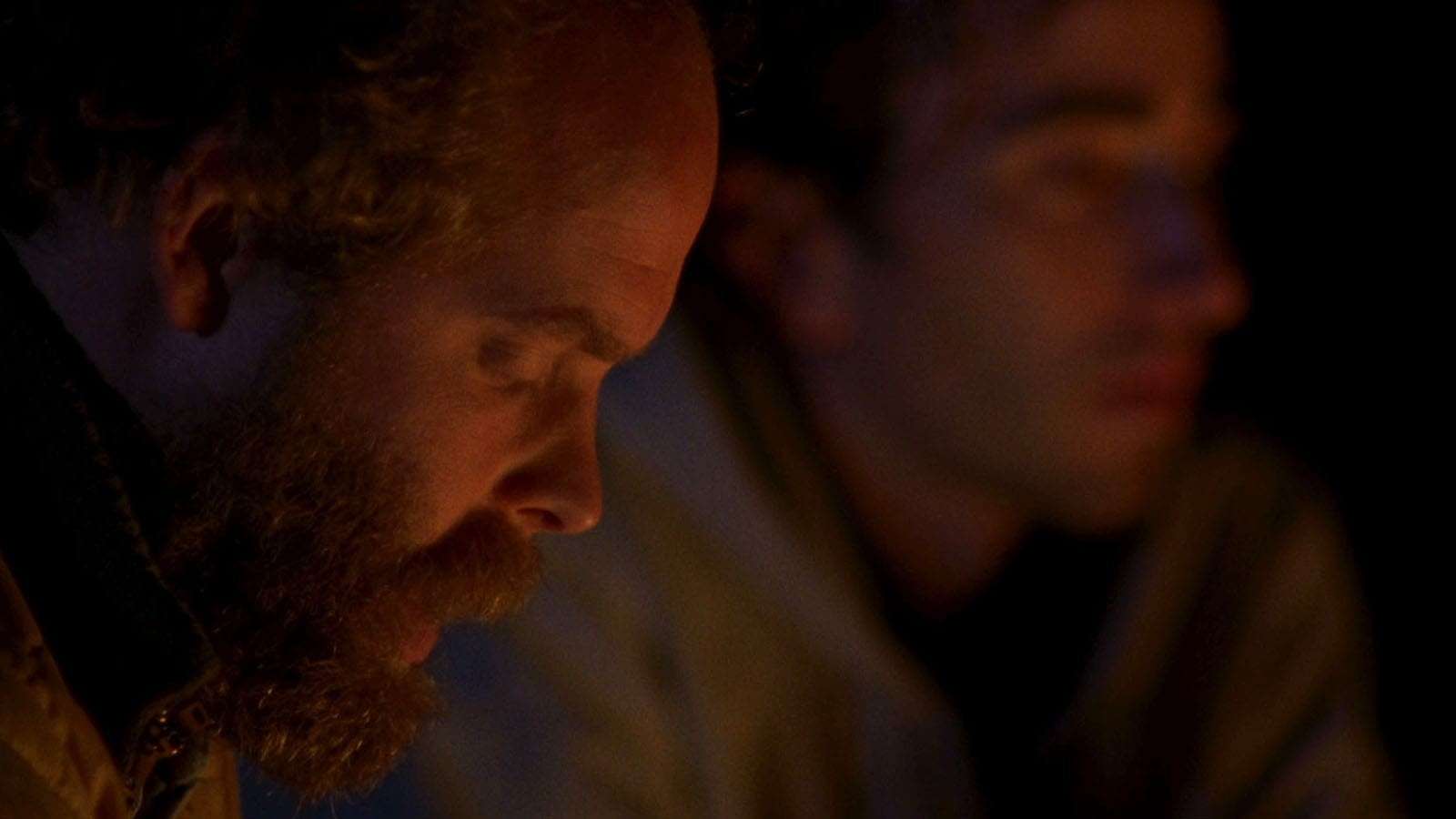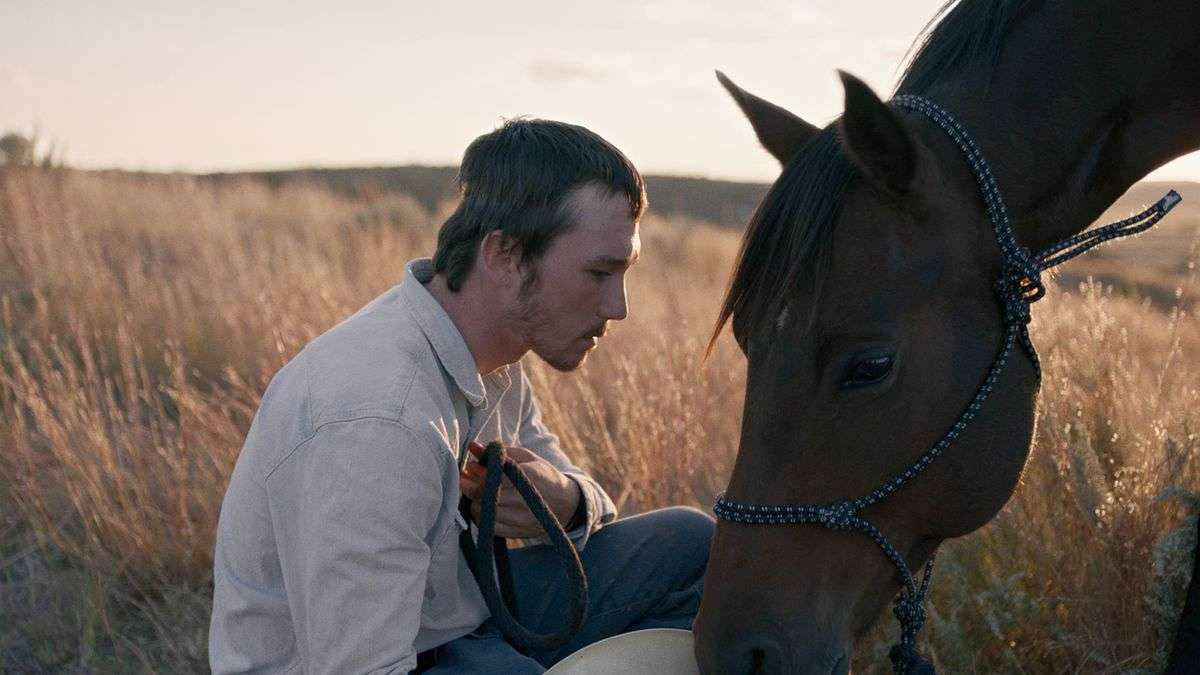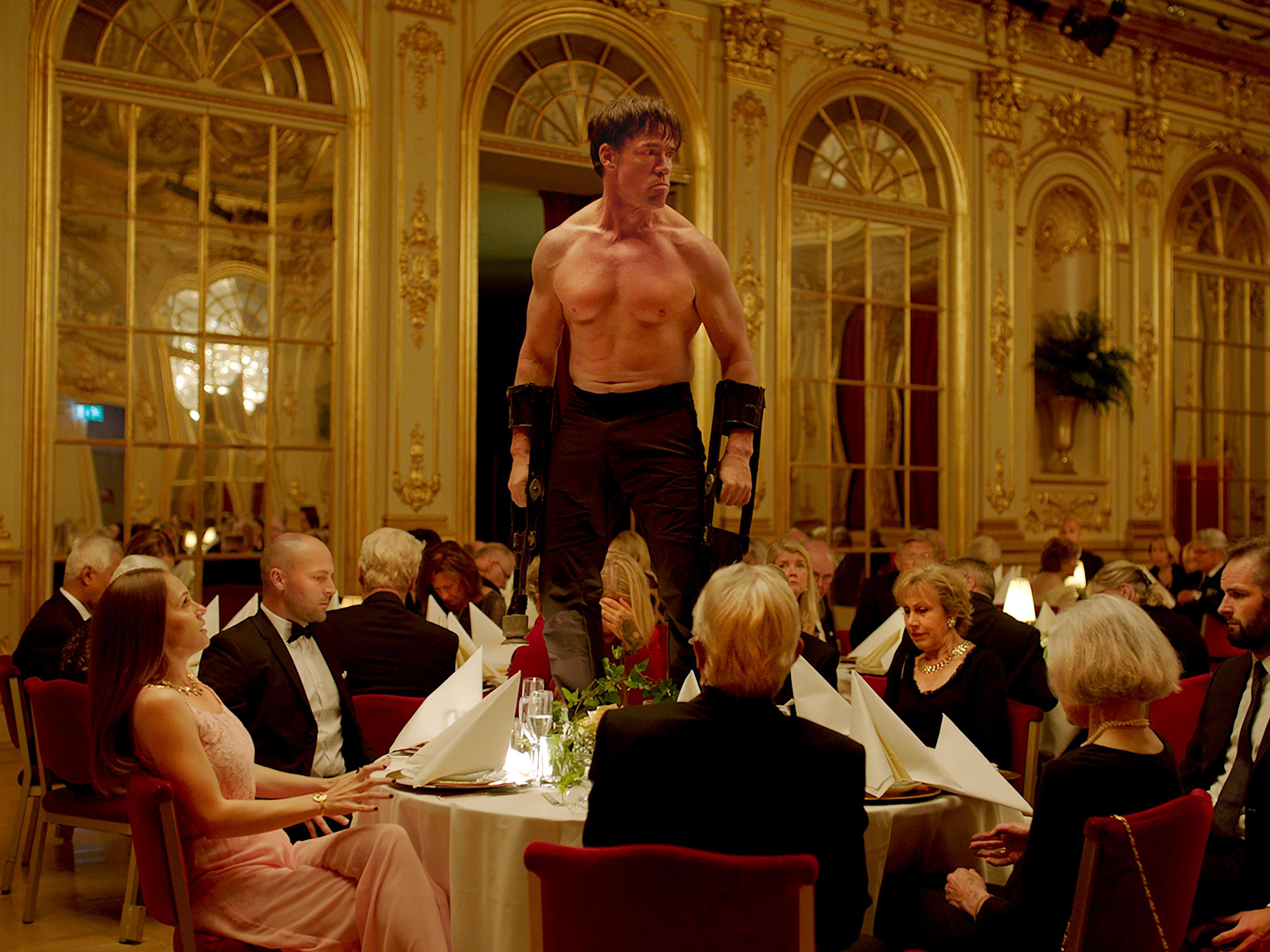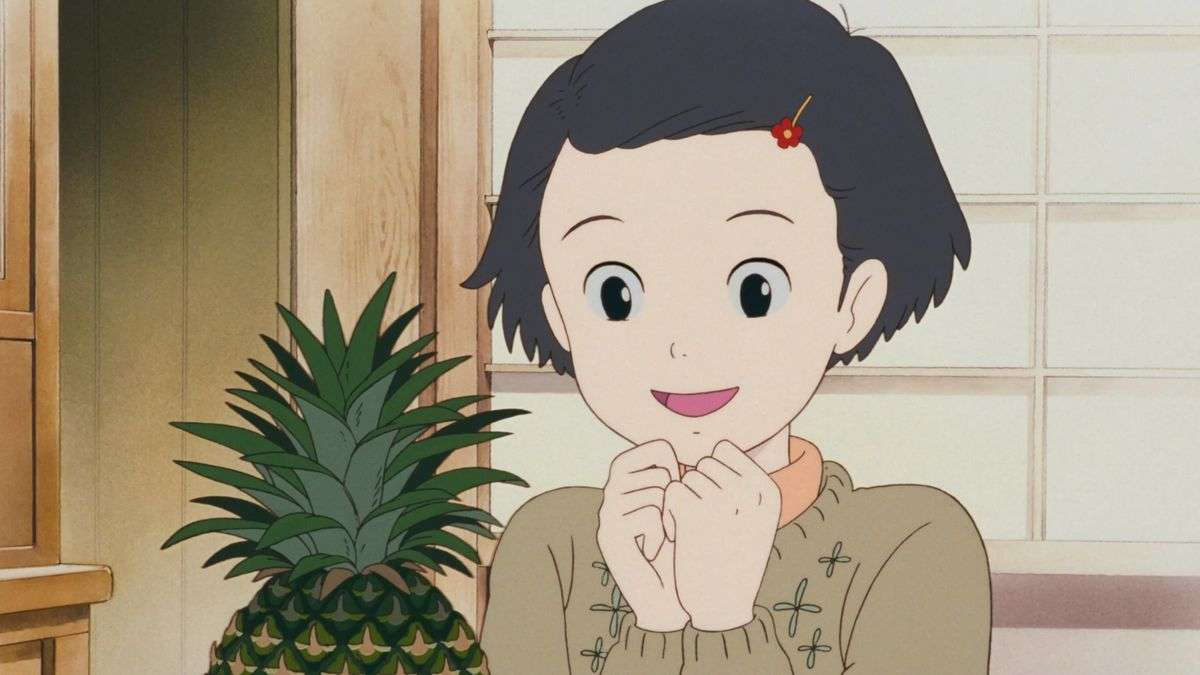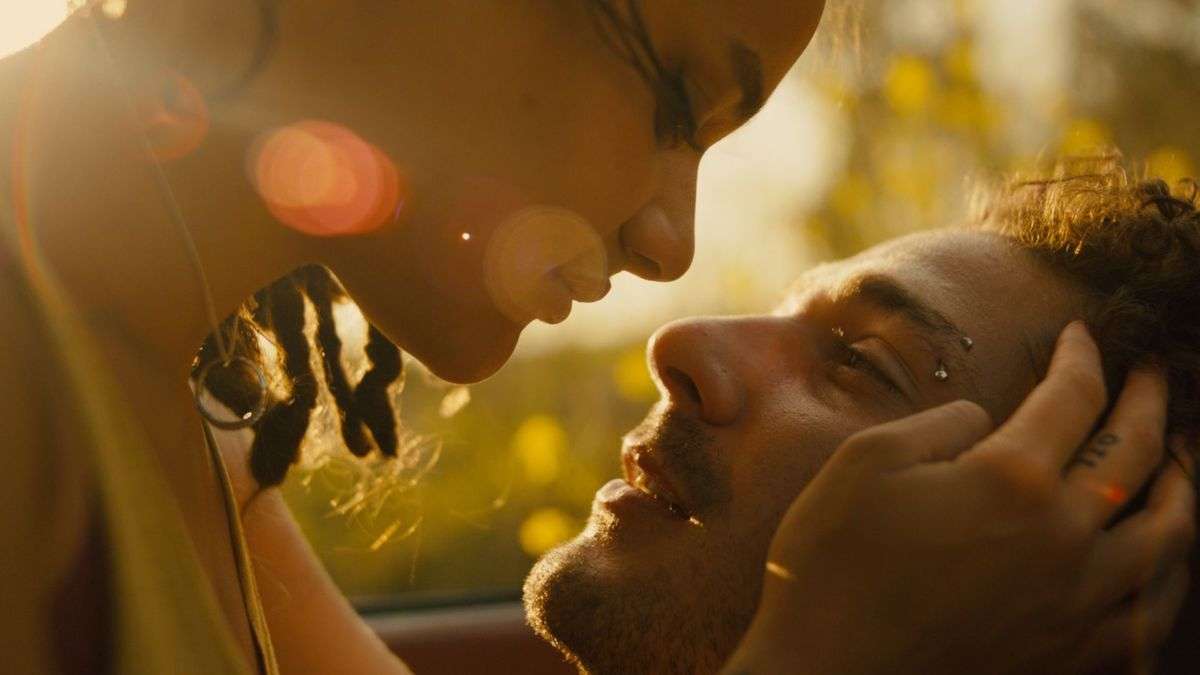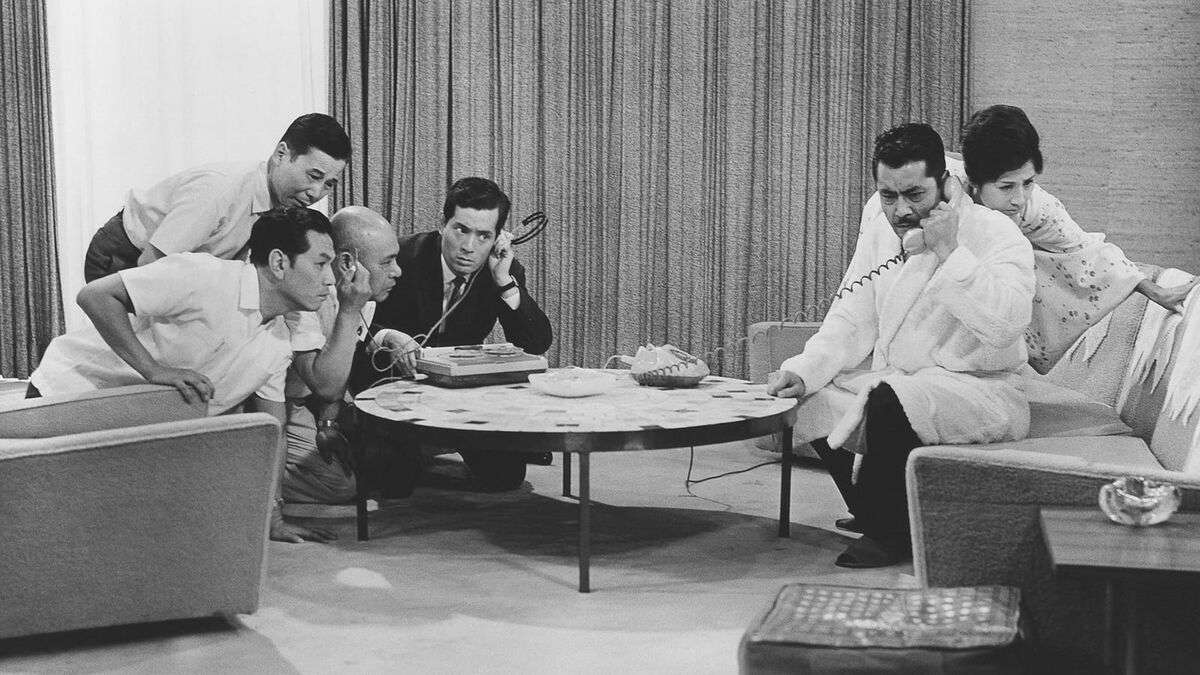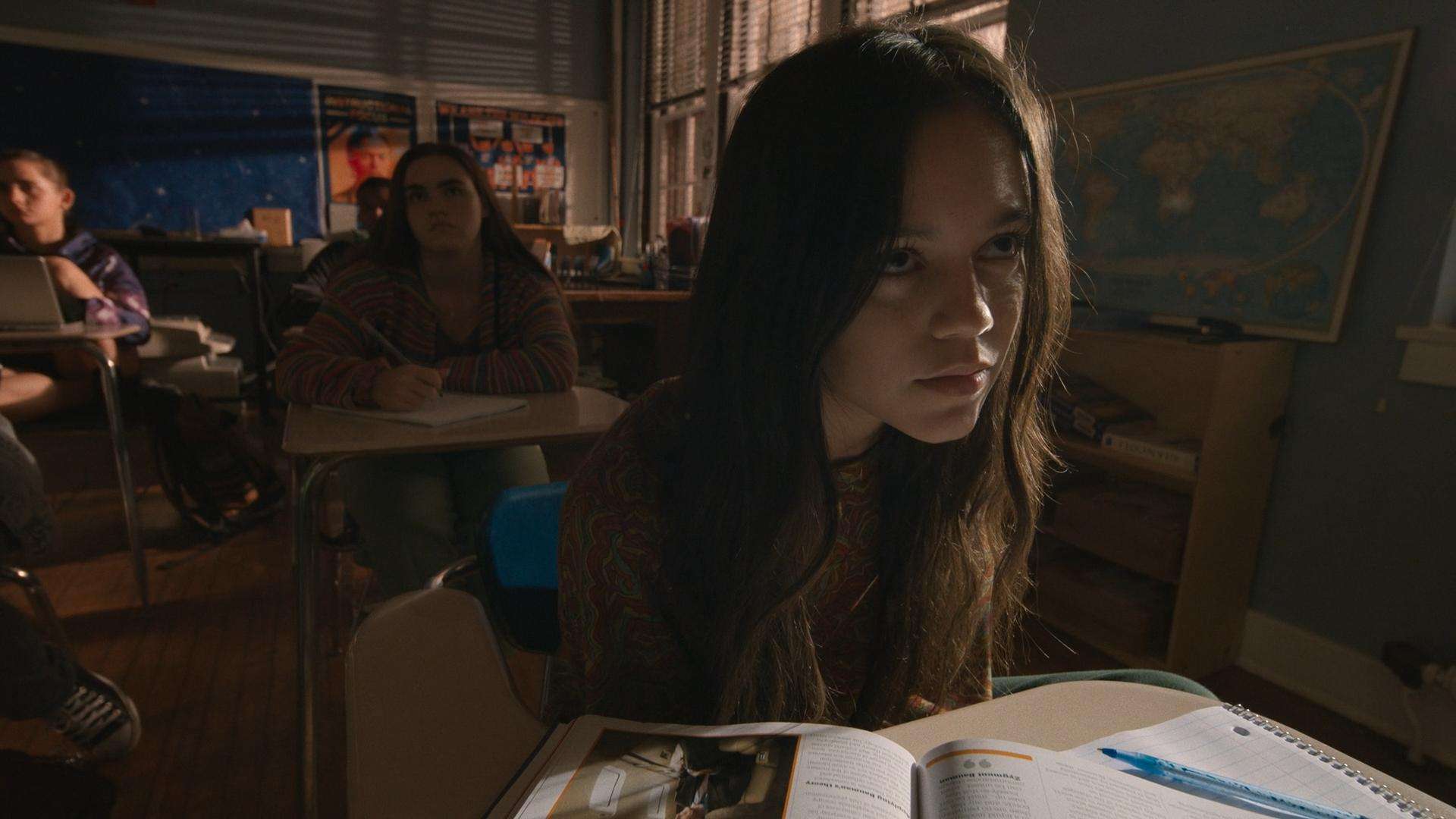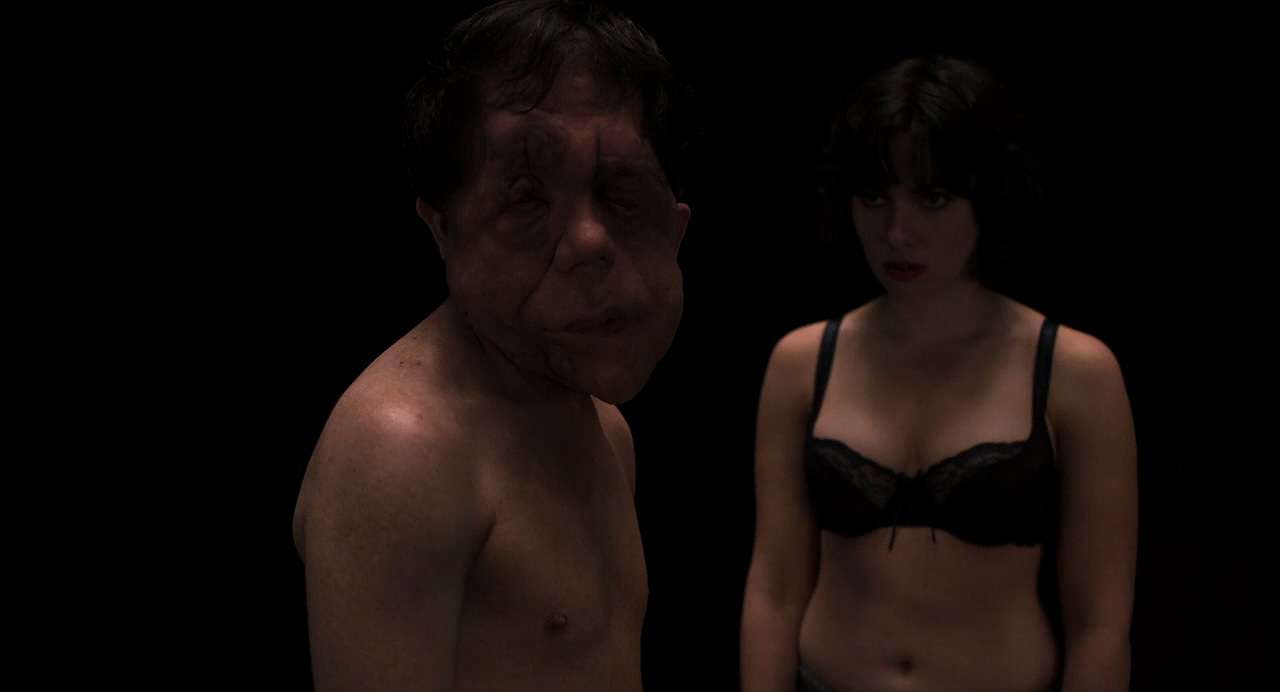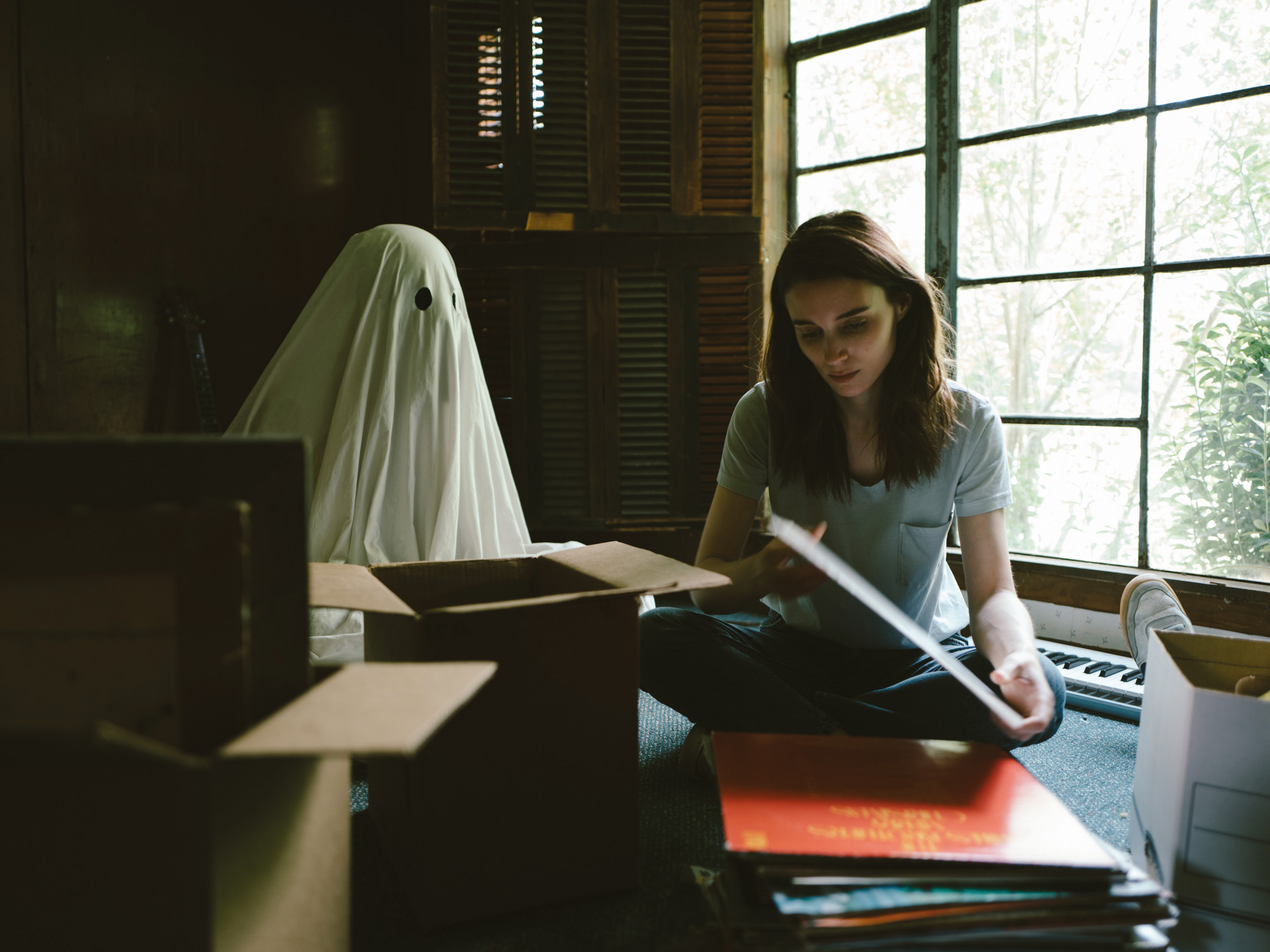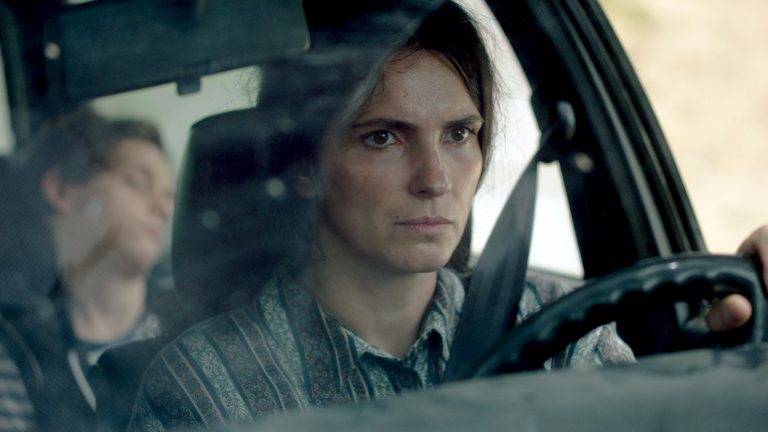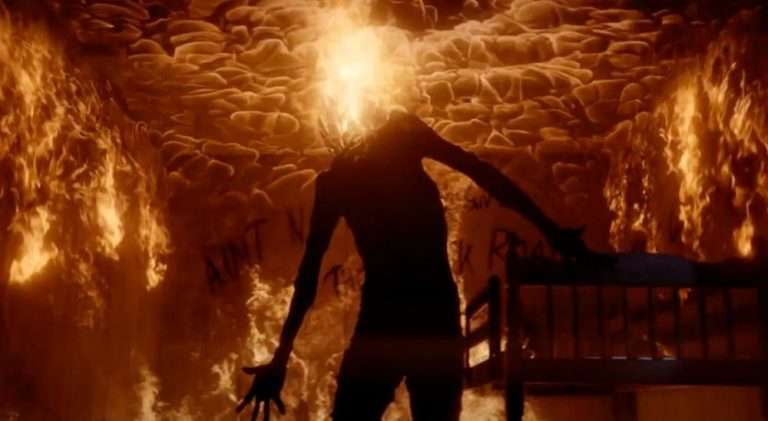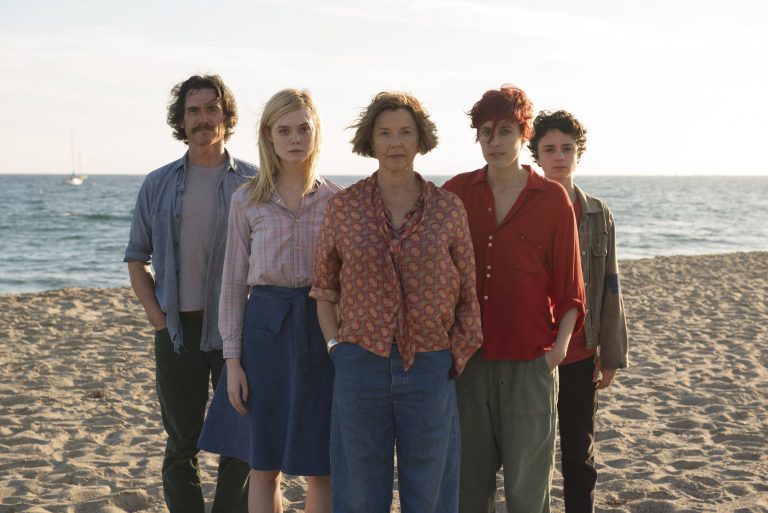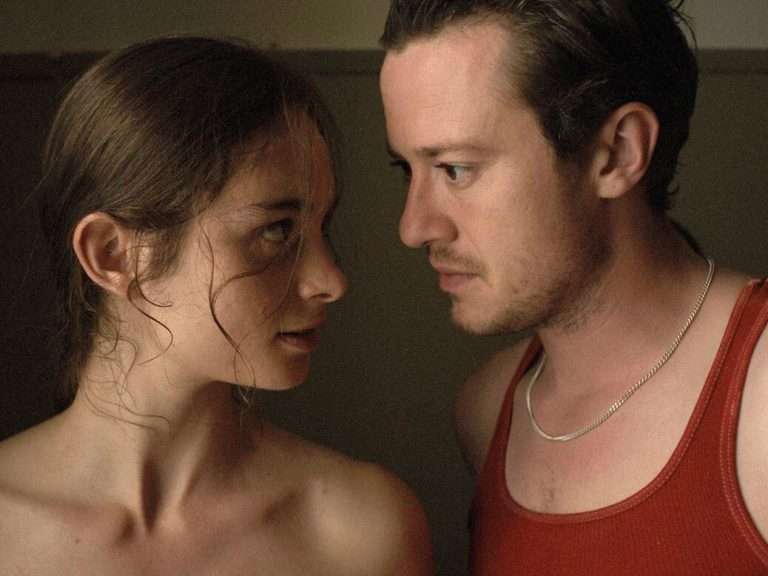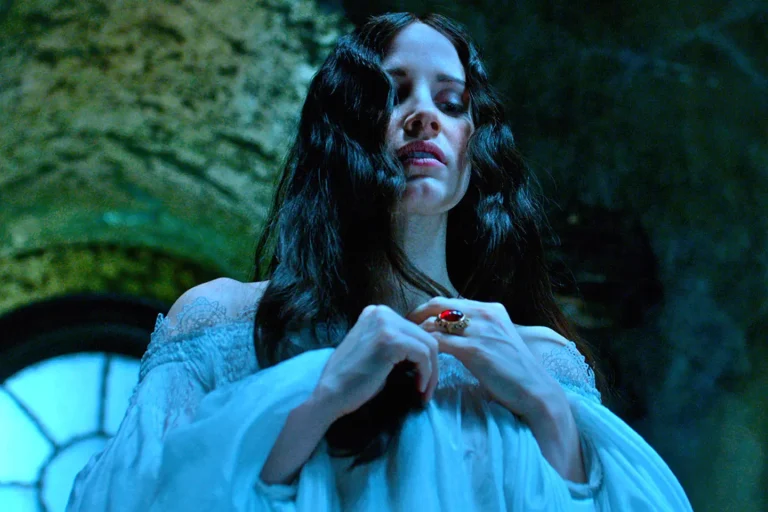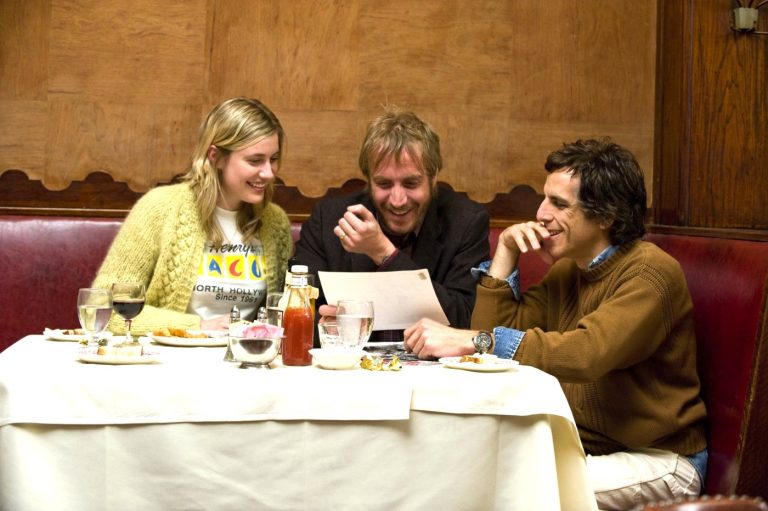Great Movies on HBO Max: For a brief minute, HBO looked like it was going the way of the old guard. The once groundbreaking platform that gave us cultural touchstones like “The Sopranos” and “The Wire” or comedy classics like “Curb Your Enthusiasm” and “The Larry David Show” seemed to be losing a little steam. With the new kid bullies on the block and Netflix flooding the market with a scorched earth model of never-ending shows and B-grade movie titles, it seemed as if all competition was destined to fall behind.
That is until Warner Media and AT&T owned HBO, played their Ace card, and revamped its service to unveil HBO Max. By adding tons of new movie catalogs, shows, animated series, and more. They’re doubling down on content to compete in the ever-increasing streaming wars knife fight. Without wasting much of your time, let’s jump straight to the list of the best movies on HBO MAX right now.
1. Mahanagar – The Big City (1963)
Satyajit Ray’s “Mahanagar” (“The Big City”) stands out as a pivotal work in his filmography, shedding light on metropolitan life devoid of its usual glamour. With Madhabi Mukherjee and Anil Chatterjee delivering compelling performances, the film bravely tackles themes of feminism, reflecting the era’s progressive spirit. It portrays the story of a woman who defies her traditional in-laws by working as a salesgirl, a role that resonates with modernity and challenges societal norms. The narrative is delicately crafted, reminiscent of what will become the latter Hindi cinema auteur Hrishikesh Mukherjee’s style, yet distinctly more contemporary and nuanced in its depiction of relationship dynamics set against the backdrop of urban politics.
“Mahanagar” is celebrated for its cultural nuance and the way its actors evoke it, particularly by Madhabi Mukherjee, whose portrayal of the protagonist Arati is both iconic and deeply expressive. Anil Chatterjee adds depth as Arati’s supportive husband, complementing the film’s exploration of personal and societal change. Subrata Mitra’s cinematography enhances the storytelling, making the film a timeless classic. In essence, “Mahanagar” is a testament to Ray’s visionary filmmaking, seamlessly blending intimate drama with the broader context of a changing society.
2. Old Joy (2006)
Kelly Reichardt is steadily becoming one of my all-time favorite directors, with “Old Joy” being a significant factor in this sentiment. The film offers a unique and lasting experience, presenting the story of two friends embarking on a road trip into the wilderness. Now on divergent life paths, these men navigate their journey with a sense of care and respite from the clamorous external world. At the same time, the film conveys the inescapable truth that personal lives are often intertwined with social realities. Its portrayal of a withering friendship is captivating, woven from minor annoyances, uncertainties, and more.
Echoing Kahlil Gibran’s words in “The Prophet,” the film embodies the idea that the capacity for joy expands as sorrow deepens within us. “Old Joy” is an immersive experience reminiscent of an empty vessel that, despite its hollowness, produces enchanting musical notes.
3. The Rider (2017)
While bearing a superficial resemblance to Chloé Zhao’s award-winning “Nomadland” in terms of aesthetics and cinematography, this film establishes its own identity with a distinctive coming-of-age story. It offers a refreshing alternative to the typical cowboy western, providing a poignant exploration of ambition and acceptance. The lead actor, Brady Jandreau, gives a compelling performance that intensifies the film’s emotional impact. Being a rising star in a sport that embeds deeply with one’s home, only to have a physical accident (in this instance, a skull crushed by a horse at a rodeo) truncate that ascent can evoke profound feelings of inadequacy, which Zhao portrays with striking sensitivity.
In contrast to “Nomadland,” “The Rider” presents a more intimate portrayal of the human condition, resonating as an empathetic tribute to the resilience of the human spirit. It masterfully immerses the audience in the protagonist’s life, sharing his personal journey and the challenges he faces in pursuit of his dreams.
4. The Square (2017)
Ruben Östlund’s “The Square” is a biting satire that delves into the insular world of contemporary art societies, challenging the increasingly indistinct boundaries between creativity and consumerism. It provokes its bourgeois audience to contemplate where art ends and marketing begins. Despite its intellectual and modernist ideas, the film remains unexpectedly laid-back, cool, and somewhat approachable. It’s infused with crude and outrageous humor that demands conviction to fully appreciate, suggesting that perhaps an altered state of mind could enhance the viewing experience.
At its core, “The Square” critiques a wealthy, self-aware European character, Christian, who is riddled with his own biases and contradictions, enriching the film’s commentary and audacity. In the role of Christian, Claes Bang delivers a career-defining performance, embodying a man whose sense of cruelty and blunt honesty permeates the film’s dialogue and visual storytelling.
5. Only Yesterday (1991)
“Only Yesterday” unfolds as a captivating mood piece, brimming with a warm-hearted spirit. It weaves the poignant narrative of a woman’s journey towards self-discovery, pieced together by the fragments of her yesteryears. The film artfully resurrects the peaks and valleys of her childhood, presenting them as vivid vignettes. Director Takahata masterfully brings to life the protagonist, Taeko, illustrating her fervent pursuit of writing and acting and mirroring this fervor in the depth of her relationships with family and friends. The metaphor of a train journey poignantly highlights a pivotal moment of self-reflection.
Furthermore, the movie stands as a powerful testament to the notion that the personal realm is deeply intertwined with the political. It delivers an unreserved glimpse into the community’s soul against the historical canvas of the 1980s, a period marked by Japan’s drive towards rural revitalization. The film’s portrayal of the bucolic lifestyle strikes a balance between being aspirational and unadorned.
6. American Honey (2016)
Andrea Arnold’s magnum opus stands as a profound testament to her directorial prowess and deep-seated empathy. It breaks free from the shackles of her typical English working-class backdrop, venturing into the untamed heart of the American Midwest. Here, she captures the essence of a nomadic and fashionable existence with remarkable panache and a distinctive sense of style. The narrative is firmly rooted in a poignant coming-of-age story that beckons for an empathetic reading, echoing the liberating promise of freedom. Central to the film is the figure of Star, a teenage salesgirl whose life unfolds before the audience through the intimate lens of handheld cameras, delivering an unparalleled study of character.
“American Honey” is a cinematic ode to the spirit of youthful insurrection, channeling the raw and unbridled energy of the changing seasons to full effect. The actors deliver authentic and deeply engaging performances, infusing the film with a sense of realism that makes it both highly entertaining and insightful. It adeptly weaves humor and suspense into its narrative fabric, painting a vivid and imaginative depiction of Americans in pursuit of their homegrown versions of the American dream. Beyond its acute social commentary, the film is a captivating adventure, inviting viewers to embark on a journey alongside its unforgettable characters.
7. High and Low (1963)
Akira Kurosawa’s 1963 film “High and Low” masterfully adapts Ed McBain’s novel “King’s Ransom.” The film delves into themes of class disparity and the overpowering influence of the money market on humanity. The film employs the motif of shoes to navigate these societal cages. Yet, its crowning achievement lies in how it embeds these themes within a compelling crime procedural narrative that takes center stage.
“High and Low” is celebrated as a pinnacle of crime thrillers, not for unpredictability, but for its accessible yet relentless storytelling. The film’s tension-filled first half, centered around a kidnapping, sets the stage for the second half, rich in innovation and visual splendor, rivaling the allure of protagonist Kingo Gondo’s home. The film’s concluding half-hour is particularly impactful, intertwining its expansive, humanistic themes into a visually and narratively harmonious whole, underscored by the surreal dope alley sequence.
8. The Fallout (2021)
Megan Park’s “The Fallout” begins as a delightful high-school drama, brimming with youthful exuberance, only to evolve into a profound exploration of PTSD in young adults. The film’s narrative masterfully subverts expectations, steering clear of thriller tropes to focus on the often-overlooked intricacies of trauma recovery and the underestimated impact of human connection on mental health. It stands out as an intense portrayal of the journey through trauma towards constructive healing.
The film’s emotional depth is anchored by Jenna Ortega’s portrayal of Vada, whose nuanced performance captures the transition from adolescent anguish to a mature grappling with adulthood. Maddie Ziegler’s dynamic depiction of Mia complements the cast’s seamless fit into the story’s fabric. Kristen Correll’s cinematography tenderly frames these performances, enhancing the film’s raw emotional pull and leaving a lasting impression of the character’s struggles. “The Fallout” is an essential watch, a poignant character study that moves a step ahead of relatability to find common ground with its viewer.
9. Under The Skin (2013)
In the enigmatic world that we live in, what unfolds when the observer is turned into the observed? This is the central theme of Jonathan Glazer’s “Under the Skin,” a film that delves into the profound depths of human existence. It is a dark, introspective epic that strips away the facades of humanity, peering through the guise of an alien entity cloaked in alluring human form. The narrative isolates its ‘journey’ from conventional adventures or misadventures, compelling its otherworldly protagonist to grapple with the nascent stirrings of empathy. As the alien learns to empathize, the audience is coaxed into a parallel awakening.
Scarlett Johansson’s portrayal in the film is easily one of the most compelling performances of the past decade. Her character, an embodiment of an extraterrestrial siren, brings forth an elegance that infuses the film with a unique gravitas and an undercurrent of violence. This adds a profound layer to the film’s detached and haunting vehicular surveillance, making it a tour de force in film form.
10. A Ghost Story (2017)
“A Ghost Story” holds a deeply personal significance for me; it is one of the most profound existential films. David Lowery’s third feature is draped in the soul of a beautifully crafted analogy, allowing ghosts to traverse the screen, captured in their ethereal march down the aisle. Far from a mere gimmick, this slow-burn narrative ushers in our darkest dreams with impeccable timing. Its poetic sublimity leaves a lasting impression, demanding contemplation.
The narrative follows a man who, post-accident, returns to his suburban home as a specter. Observing his grieving wife, he finds himself anchored to a single spot yet untethered from time’s hold. What unfolds is a timeless voyage where life’s elements gradually fade from love to the march of humanity. “A Ghost Story” weaves a simple human truth beneath its spectral guise, challenging the tangibility of the past and excelling in mythmaking. It’s a film that transcends materialism, offering a clear view of life’s flow and our inherent tendencies without mocking the existential passivity that comes with life’s end. Enchanting in its perfection, it’s a ghost tale of inexplicable alchemy, held in both reverence and intimate regard.


